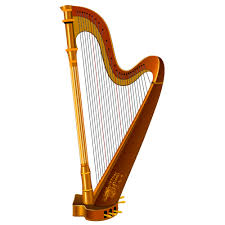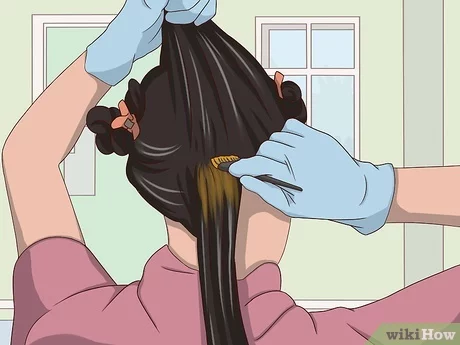How to Play the Harp

Introduction:
The harp is a beautiful and elegant instrument known for its ethereal sound and captivating charm. For those considering learning to play the harp, it may seem a daunting task. However, with dedication, practice and the right guidance, even beginners can begin their journey towards becoming proficient harpists. In this article, we will explore the essential steps one must take in learning how to play the harp.
1. Choose the Right Harp:
Harps come in a variety of sizes and types, with lever and pedal harps being the most common. Lever harps are smaller and more affordable, making them an excellent choice for beginners. Pedal harps offer more notes and versatility but are larger and more expensive. Choose a harp that suits your budget, space constraints, and personal musical preferences.
2. Gather Your Materials:
In addition to your chosen harp, you’ll need a few essential materials: a tuning key (for adjusting string tension), sheet music, a chair or bench at the appropriate height for playing, and possibly a music stand if you prefer reading music from a distance.
3. Find a Qualified Teacher:
Having an experienced teacher is crucial to guiding you through the correct posture, hand positions, finger techniques, tuning procedures and music theory relevant to the harp. A good teacher will help you avoid developing bad habits which could impede your progress later on.
4. Learn Proper Posture:
Good posture is vital in playing any instrument, including the harp. Position your lower back against the spine of the instrument while keeping feet flat on the floor. Hold your shoulders relaxed yet level to allow for easy movement of your arms.
5. Learn Hand Positioning:
To correctly position your hands on the harp strings, ensure that fingers curve gently over the strings at all times while maintaining independence from each other in movement. The thumb should be above and slightly in front of the index and middle fingers, creating a relaxed open hand position.
6. Learn Basic Technical Skills:
Before learning any pieces, ensure you are proficient in basic techniques such as plucking, damping (muting sounds), glissandi (plucking strings in rapid succession), and sliding fingers between strings to create specific effects.
7. Develop a Practice Routine:
Repetitive practice is essential for building muscle memory and improving your skills on any instrument. Set aside consistent blocks of time specifically dedicated to practicing your harp techniques and songs, focusing on accurate finger placement, timing, and musical expression.
8. Learn to Read Sheet Music:
While some harpists play by ear, being able to read sheet music will greatly expand your ability to understand and interpret various compositions. Familiarize yourself with the notations and markings found on sheet music to enable a deeper comprehension of the pieces you play.
9. Begin Learning Songs:
Start with simple songs or exercises as you work towards mastering the techniques taught by your instructor. Select pieces that challenge you without causing frustration or discouragement, gradually increasing the difficulty as you gain confidence in your playing abilities.
10. Join a Harp Ensemble or Community:
Playing with other harpists will not only improve your skills but also motivate and inspire you by sharing experiences, knowledge, and passion for the instrument.
Conclusion:
Learning to play the harp can be an incredibly rewarding experience as you engage with its enchanting tones and delicate beauty. With commitment, perseverance, and a love for music, anyone can embark on this magical journey of discovering how to play the harp.






